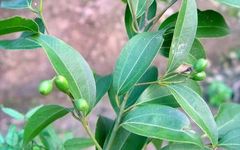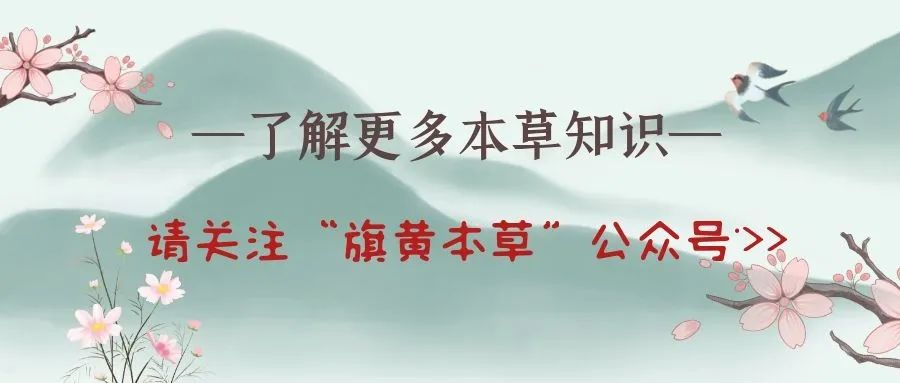
Rou Gui (Cinnamon), also known as Yu Gui, is one of the approximately 130 medicinal substances recorded in the Shan Hai Jing (Classic of Mountains and Seas). Rou Gui is named for its aromatic similarity to the medicinal herb Gui Pi (Cinnamon Bark) and is one of the earliest spices used by humans, as well as a well-known hot medicine in herbal texts. The entire cinnamon tree is valuable; its bark is used as a spice, its leaves can be distilled for cinnamon oil, and its wood can be used as firewood. The most common application in daily life is the use of cinnamon bark. In China, cinnamon is classified as one of the five spice ingredients. In ancient times, it was used to enhance the flavor of wine, while in ancient Rome, the wealthy used it to make perfumes. By the Middle Ages, people had begun to use cinnamon in cooking. Due to variations in production techniques, the aroma of cinnamon can differ, leading to the saying that nothing surpasses the fragrance of cinnamon. Today, let us explore this magical spice.
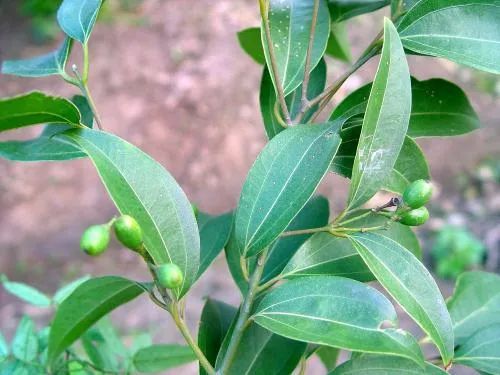

The Historical Story of Rou Gui
It is said that during the Spring and Autumn period, one of China’s four great beauties, Xi Shi, cured her throat ailment with Rou Gui.
One day, while playing the guqin and singing her self-composed song Wutong Ye (Leaves of the Wutong Tree), Xi Shi suddenly felt severe pain in her throat. She took a large amount of heat-clearing and fire-purging medicine, which initially alleviated her symptoms, but they recurred as soon as she stopped taking the medicine. Later, she consulted a famous doctor who observed her cold limbs, clear and long urination, and fine, deep pulse, and prescribed one pound of Rou Gui. Xi Shi sent her servant to the pharmacy to get the medicine, but the pharmacy owner, who had some knowledge of pharmacology, scoffed at the prescription, saying, “A swollen and painful throat is a condition of excessive heat; how can one take the spicy and warming Rou Gui?” Thus, he refused to dispense the medicine, and the servant returned empty-handed. Xi Shi said, “This famous doctor must have his reasons; there is no other way at the moment, so I will have to try it.”
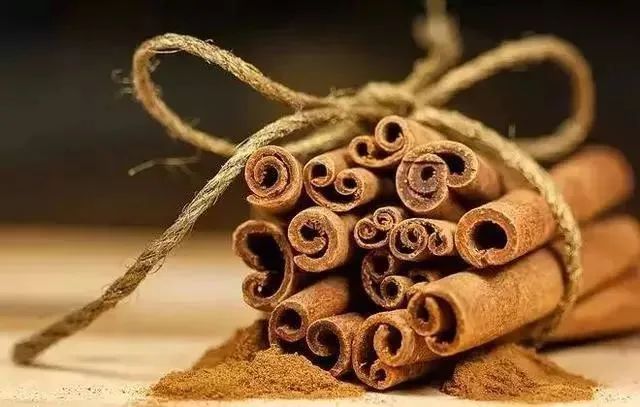
So Xi Shi sent her servant to another pharmacy to buy Rou Gui. She first chewed a small piece and found it fragrant and sweet. After chewing half a pound, the pain in her throat surprisingly disappeared, and Xi Shi was very pleased and rewarded the famous doctor.
Upon hearing this, the pharmacy owner specifically sought out the famous doctor for advice. The doctor explained, “Xi Shi suffered from a throat ailment due to deficiency-cold and yin-fire, which requires a method to draw fire back to its source. Rou Gui can tonify fire and assist yang, making it very suitable for those with deficiency-cold. At the same time, it can draw fire back to its source, so for those with floating yang-fire, symptoms such as oral ulcers and throat swelling can be treated with Rou Gui.”
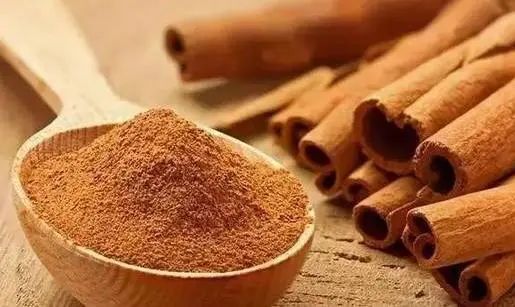
However, TCM is very particular about medication. The use of Rou Gui for throat swelling and pain is a special case; different causes of symptoms require different medications. Using the right medicine can yield great results, while using the wrong one can be counterproductive. Therefore, I remind everyone not to use medicine indiscriminately. In daily life, one can choose some medicinal materials that are also food to adjust the body through dietary supplementation.
Medicinal Value of Rou Gui

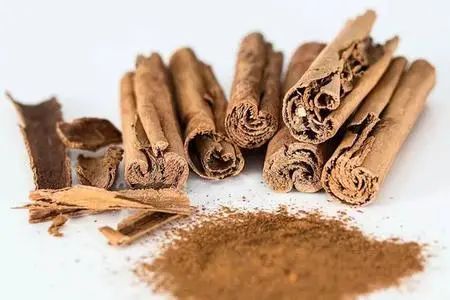
In the eyes of medieval Europeans, spices and medicines were one and the same. They believed that not all medicines are spices, but all spices are medicines.
Rou Gui is not only a spice but also a commonly used warming herb in TCM that tonifies yang. Modern people tend to consume cold and cool foods, live in air-conditioned rooms, exercise little, and often stay up late, which continuously depletes their yang energy. For such individuals, consuming some Rou Gui is beneficial for the generation of yang energy in the five organs.
In most countries around the world, Rou Gui is considered one of the most important herbs. In China, it has a long history of medicinal use. Rou Gui contains rich nutrients and has strong health benefits, and has historically been one of the key herbs used by TCM practitioners to treat diseases. Let us take a look at some common medicinal applications of Rou Gui.
Relieving Dysmenorrhea
Rou Gui can warm the blood vessels and dispel cold to relieve pain, commonly used for dysmenorrhea caused by cold stagnation and qi stagnation, as well as for symptoms like lower back and knee soreness and limb pain. It can help regulate menstruation and is beneficial for women’s health.
Warming the Kidneys and Dispelling Cold
Rou Gui can alleviate symptoms of cold intolerance, cold limbs, and lower back and knee pain due to kidney yang deficiency. It can also be used for discomfort caused by spleen and stomach deficiency-cold, improving symptoms of abdominal pain and diarrhea.
Antibacterial and Anti-Gastritis
Rou Gui has excellent antibacterial properties, and Rou Gui extract has certain anti-gastritis effects, inhibiting gastric acid secretion and promoting blood flow to increase the blood supply to the gastric mucosa, nourishing the gastric mucosa and promoting the healing of inflammation.

Culinary Value of Rou Gui
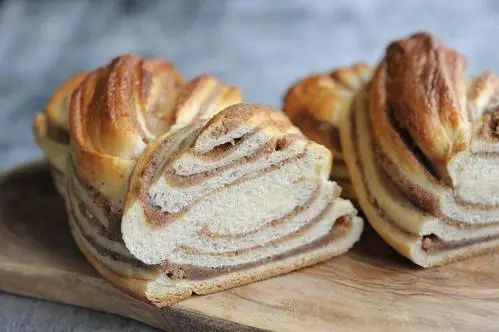
Rou Gui is a popular ingredient with excellent health benefits, frequently appearing on people’s dining tables.
The history of Rou Gui’s use can be traced back to historical records from 2800 years ago in China. It is also mentioned in the Western Bible and ancient Egyptian literature. Before the Qin Dynasty, Rou Gui was already recognized in China as a seasoning, comparable to ginger.
Rou Gui contains essential nutrients and proteins needed by the human body and is one of the components of five-spice powder in Chinese cuisine. It is often used in braised meat dishes, while in Western cuisine, it is commonly ground into powder and sprinkled on roasted meats, desserts, or coffee, satisfying people’s taste buds while also providing health benefits.
01
Rou Gui Congee
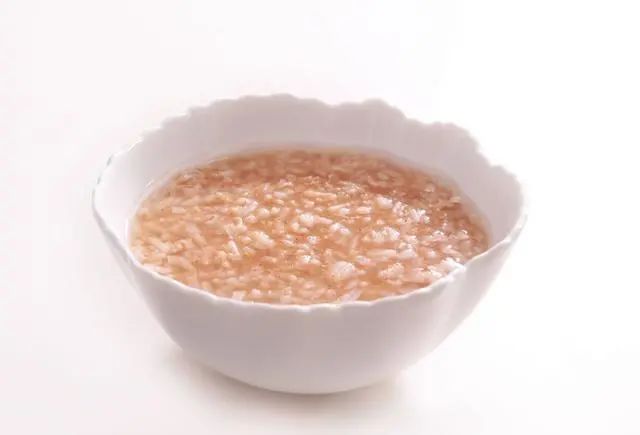
Method: Wash the japonica rice clean, soak for half an hour, then drain and set aside. Clean and crush the Rou Gui, add cold water and Rou Gui to a pot, bring to a boil over high heat, then reduce to medium heat and simmer for 20 minutes. Strain out the residue and pour the liquid into a bowl for later use. Clean the pot, add cold water and japonica rice, bring to a boil over high heat, then reduce to low heat and simmer. Finally, add the Rou Gui liquid and brown sugar, and continue to cook until thickened.
Effects: Strengthens the spleen, tonifies the kidneys, dispels cold, and relieves pain.
02
Rou Gui Brown Sugar Tea
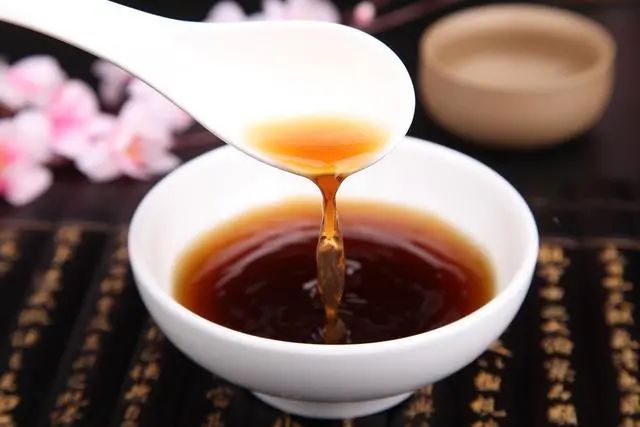
Method: Prepare 5 grams of Rou Gui and a piece of brown sugar. Place the Rou Gui and brown sugar in a pot, add clean water, and simmer for 20 minutes, then strain out the residue for drinking.
Effects: Alleviates abdominal pain during menstruation for women.
03
Lamb and Rou Gui Soup
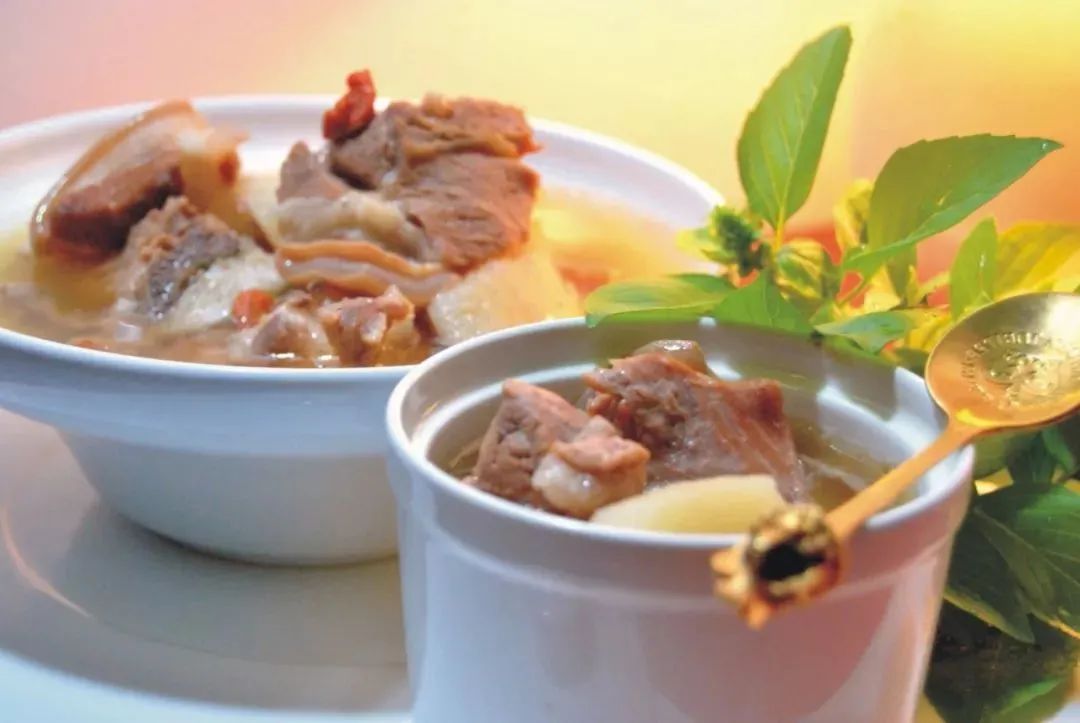
Method: Prepare 150 grams of diced lamb, 15 grams of Rou Gui, and 30 grams of dried ginger. Heat a small amount of oil in a pot, sauté the ginger and lamb until the lamb changes color, then add an appropriate amount of boiling water, add the Rou Gui, and simmer over medium heat until the lamb is tender. Season with salt, chopped green onions, and pepper.
Effects: Tonifies yang energy and dispels cold evil.

Which herb would you like to learn about next?
Leave a comment below!
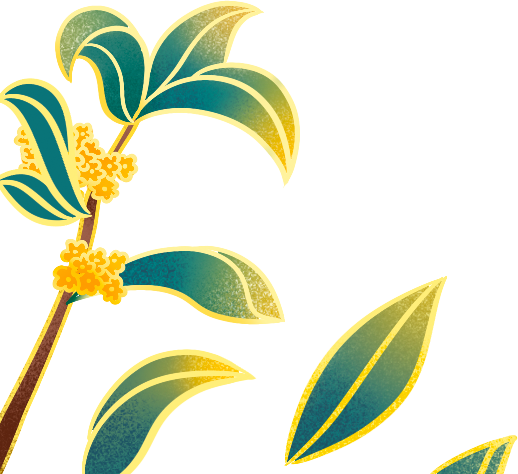
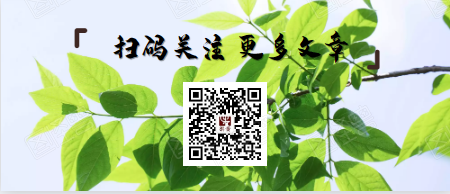

Have you discovered the “Like” and “View” buttons? Click to check it out!
 If you like our content, please share it with your friends!
If you like our content, please share it with your friends!
Disclaimer: Some images and texts in this article are sourced from the internet. If there is any infringement, please contact us, and we will delete it promptly.

